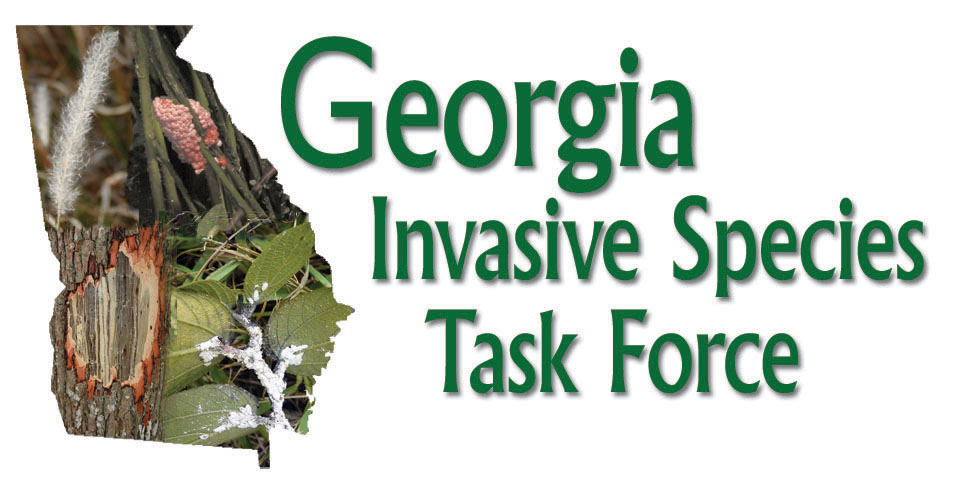Aquaculture: The production of fish or crayfish for consumption or for stocking.
Aquatic habitats: All bodies of flowing and standing water such as streams, rivers, reservoirs, lakes, and ponds; estuarine, and forested wetlands; riparian areas along streams, rivers, lakes, and reservoirs; karsts; coastal freshwater dune swales; coral reefs, oyster reefs, sand, and algal flats.
Aquatic species: All organisms living at least partially in a water environment. Usage commonly refers to aquatic plants such as water hyacinth and salvinia, fish, and invertebrates, but also includes mammals such as nutria.
Aquarium industry: Collectively, any entities that breed, grow, import, hold, transport, and sell nonnative fish, invertebrates, and plants specifically for display in fresh and saltwater aquaria.
Aquatic plant: A plant that naturally grows in water, saturated soils, or seasonally saturated soils, including algae, submerged, and floating leafed or emergent plants.
Aquatic species: All organisms living at least partially in a water environment. Usage commonly refers to aquatic plants such as water hyacinth and salvinia, fish, and invertebrates, but also includes mammals such as nutria.
At-risk: A description of populations that are likely to become severely reduced or extinct due to imminent threats.
Ballast: Water or other matter placed in specific areas of the hull of a vessel for navigation stability. Species are often inadvertently transported in ballast water when it is released in another water body. Species can be transported inadvertently or purposefully in or on ballast material.
Biodiversity: The variability among living organisms from all sources including, terrestrial, marine, and other aquatic ecosystems and the ecological complexes of which they are a part; this includes diversity within species, between species, and of ecosystems.
Ecosystem: A community of plants, animals, and other organisms that are linked by energy and nutrient flows and that interact with each other and with the physical environment.
Endemic: A species restricted in distribution to a particular geographic area or drainage.
Established: The condition of growing in a particular location.
Fouling: Entanglement, clogging, or obstruction by an undesired organism that may threaten the diversity or abundance of native species or the ecological stability and/or uses of infested waters.
Habitat: Area where a species has the necessary food, water, shelter, and space to live and reproduce.
Indigenous species: Organisms naturally occurring in a specific geographic area or ecosystem. Synonym includes native species.
Infestation: An invasive population that is living in and overrunning an ecosystem to an unwanted degree or harmful manner.
Intentional introduction: An introduction made deliberately by humans, involving the purposeful movement of a species outside of its natural range and dispersal potential. Such introductions may be authorized or unauthorized.
Introduced species: An organism that has been brought into an area where it does not normally occur. Introduced species often compete with and cause problems for native species. An introduced species is not necessarily an invasive species. Also called exotic, nonnative, or alien species.
Invasion: An infestation of an invasive species.
Invasive species: Nonnative organisms whose introductions cause or are likely to cause adverse environmental, economic, and/or human health impacts. For purposes of this document, these are nonnative species that threaten the diversity or abundance of native species or the ecological stability of infested areas, or commercial, agricultural, aquacultural, or recreational activities dependent on such areas.
Marsh: A wetland with emergent vegetation, and located in zones progressing from terrestrial habitat to open water. May be dominated by either salt or freshwater.
Monitor: To watch, observe, or check for a special purpose. For purposes of this document, observing or checking activities based on scientific method to accumulate data about invasive species and their environments.
Native species: A species naturally present and reproducing within the state or that naturally expands from its historic range into the state.
Nonnative species: Any species or other viable biological material that enters an ecosystem outside of its historic range, including organisms transferred from one country to another. Species introduced or spread from one region of the U.S. to another outside their normal range are nonnative. Also called introduced, exotic, alien, foreign, nonindigenous species, immigrant, transplants.
Parasite: An organism living in or on another organism.
Pathogen: A specific agent causing disease. Maybe a bacteria, virus, or fungus.
Pathway: The means by which species are transported from one location to another.
Riparian: Pertaining to, situated, or dwelling on the margin of a river or other water body.
Regulation: A rule or order having to do with details or procedures and having the force of law.
Species: A group of organisms that differ from all other groups of organisms and that are capable of breeding and producing fertile offspring. This is the smallest unit of classification for plants and animals.
Terrestrial species: Organisms living primarily on land.
Unintentional introduction: An accidental movement of a species into a new habitat outside of its native range, often as a result of a species using humans or animals as vectors for dispersal.
Vector: Transportation of a species on or in a media through a pathway.
Waterbody: Any area with water flowing or standing above ground to the extent that evidence of an ordinary high water mark is established in any normal year. It can be a stream, river, lake, spring, backwater, bayou, creek, ocean, bay, pond, or wetland.
Wetland: Land areas containing much soil moisture, usually poorly drained, and characterized by hydrophytic vegetation, and hydric soils. The land area may have permanent or periodic inundation by water or prolonged soil saturation generally resulting in anaerobic soil conditions.
